Nature
Art X Stacks - Nature
Artworks by local artists Earl Lu and Lim Tiong Ghee displayed on Level 8 of the library are examples of how artists have represented their experience of nature in paintings. Artistic interaction can also take on other modes of expression, including land art and photography.
In this section, we learn more about how nature features in the visual arts, from traditional tropes such as landscape paintings and the still life genre to contemporary art practices such as land art, where the natural world becomes a physical site for artistic creation.
Contents
- Books
- BiblioAsia articles
- Infopedia articles
- Spotlight: Singapore Visual Arts Collection
- Spotlight: SoundscapeSG
Books
| Book | Description |
|---|---|
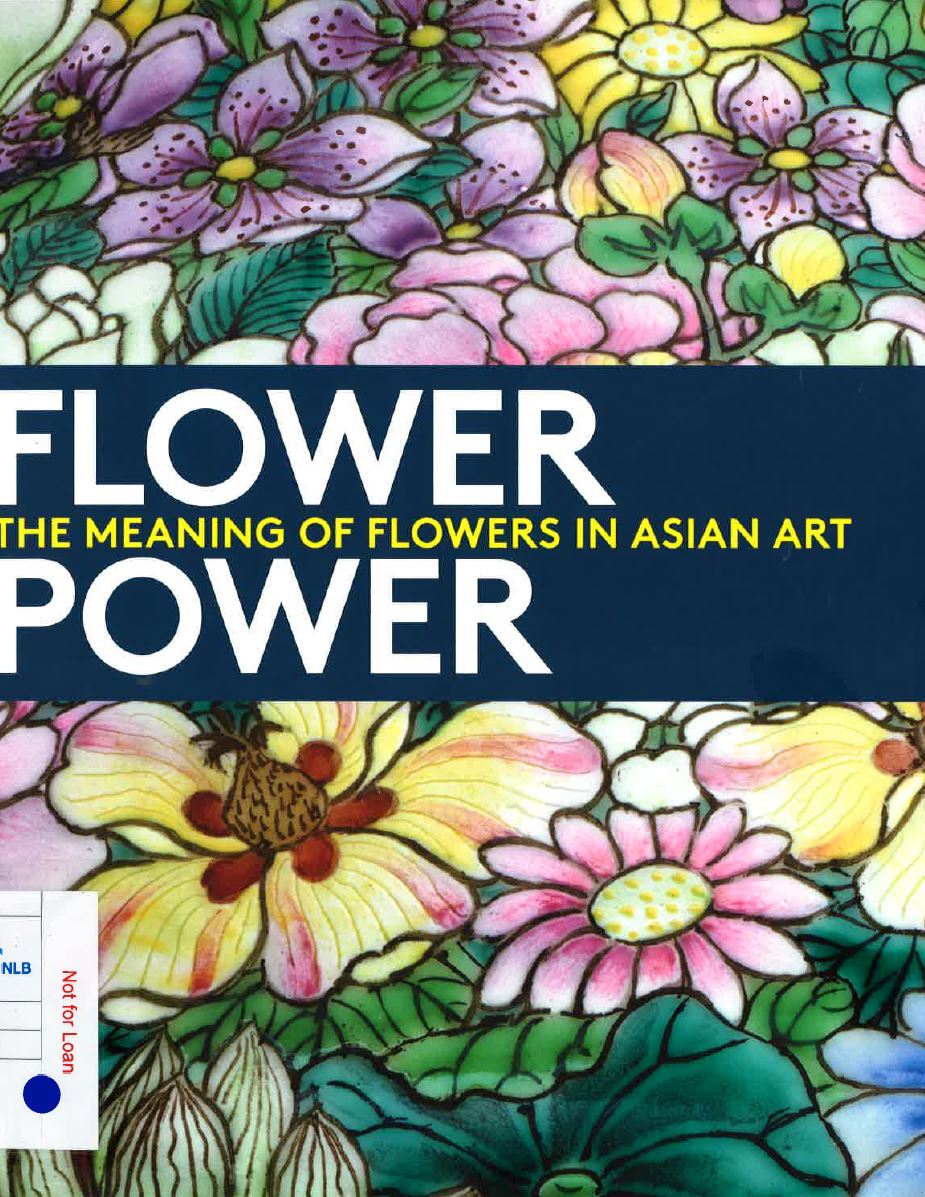 |
Chan, Dany. Flower Power: The Meaning of Flowers in Asian Art. San Francisco: Asian Art Museum, 2017. Frequently found as subjects in still life paintings, flowers have deep and varied symbolic connotations in art. From the transcendence represented by a lotus flower to the ephemerality of life represented by cherry blossoms, this volume explores the meanings of six celebrated flowers among the artworks of the Asian Art Museum. |
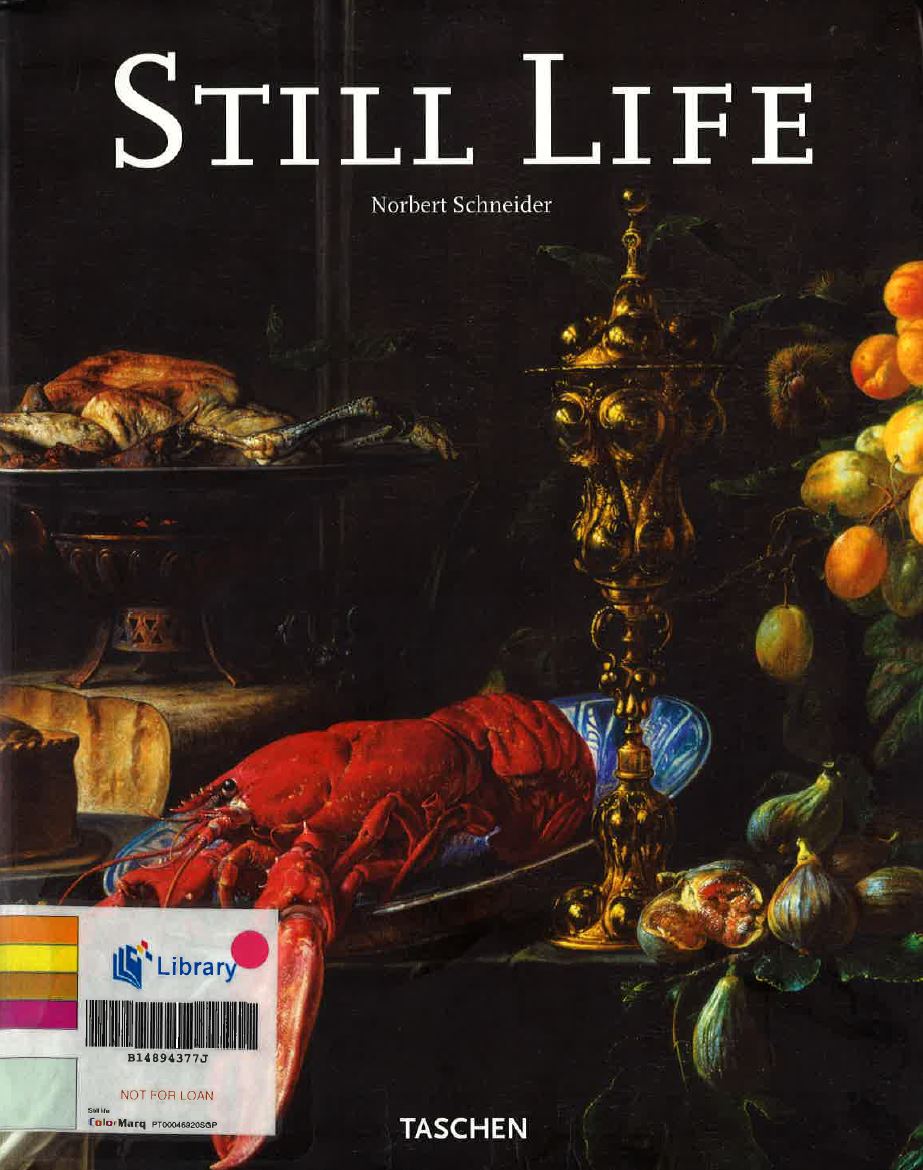 |
Schneider, Norbert. Still Life: Still Life Painting in the Early Modern Period. London: Taschen, 2003. Still life is widely taught as part of beginner art courses, but it would be a mistake to assume that it is just a simplistic genre. This book considers the theoretical background of the still life genre, as well as the potential for still life paintings to contain deep symbolic meanings. |
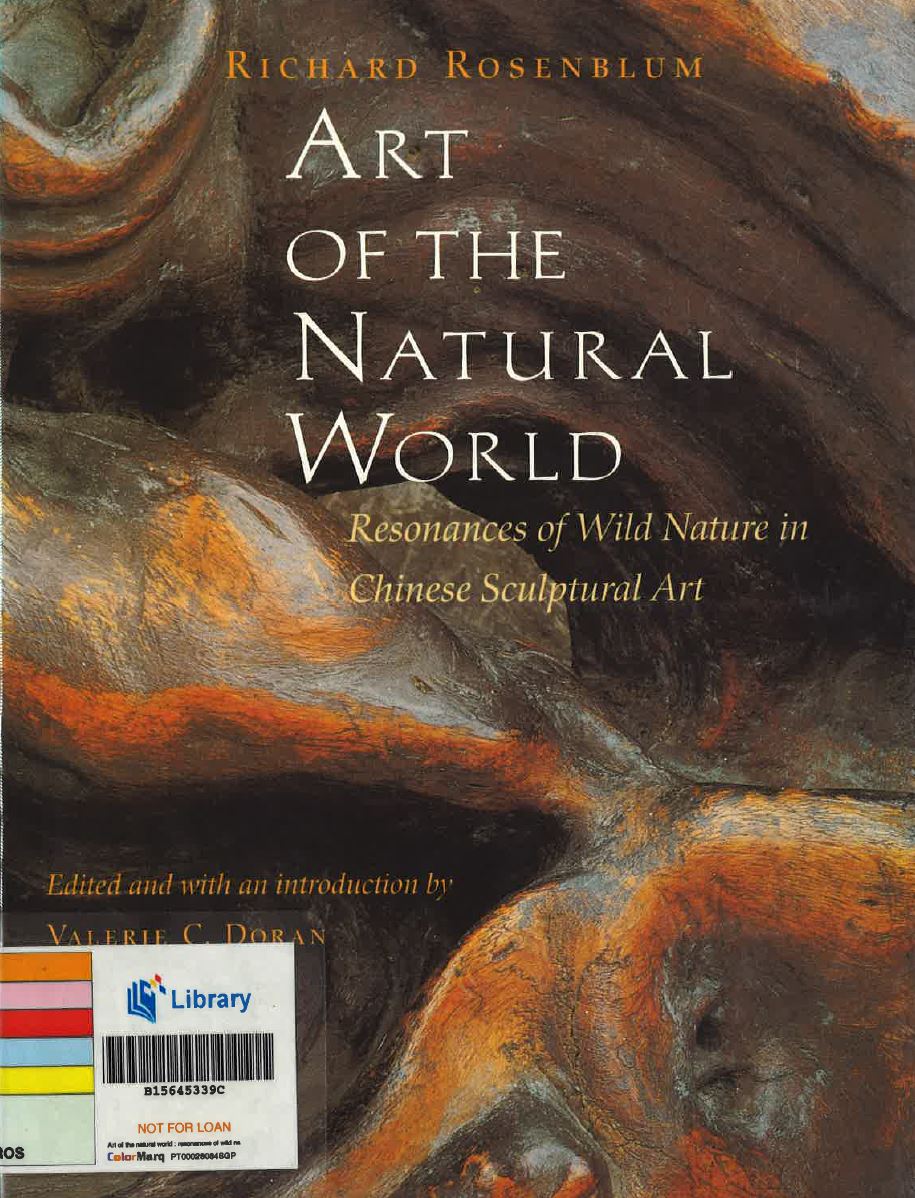 |
Rosenblum, Richard. Art of the Natural World: Resonances of Wild Nature in Chinese Sculptural Art. Boston, Mass.: MFA Publications, 2001. Rocks which have been sculpted by natural elements are sometimes considered works of art. Artist and collector Richard Rosenblum contemplates the aspects of such “artworks” and the issues they raise around the intersection of art and natural processes. |
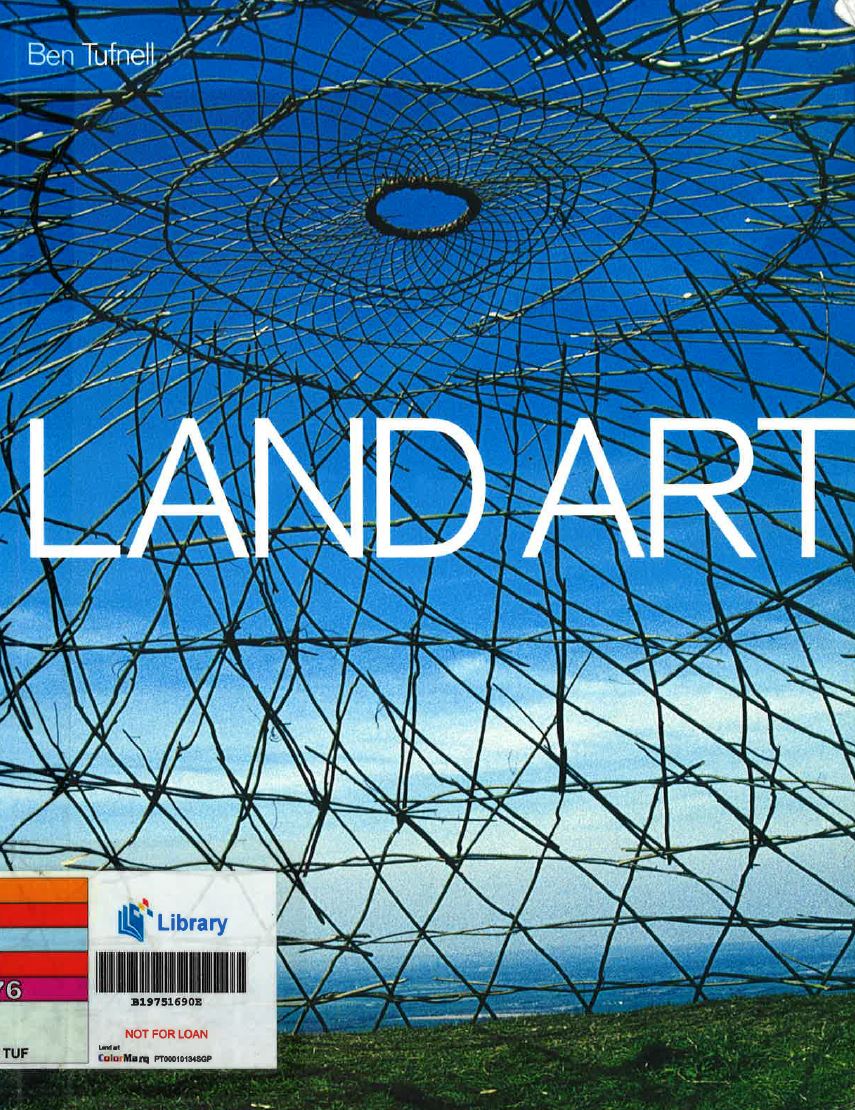 |
Tufnell, Ben. Land Art. London: Tate, 2006. Often situated within the natural environment instead of museums and galleries, land art emerged in the 1960s and 1970s as an articulation of the experience of nature and landscape. Characterised by an immediate engagement with natural processes, sometimes uncontrolled, land art also included the deployment of natural objects such as soil and rocks. |
 |
Kastner, Jeffrey and Brian Wallis. Land and Environmental Art: Themes and Movements. London: Phaidon, 1998. This title documents the genesis of land art in the 1960s and 1970s, highlighting key works and documents that have influenced discussions on land art. Writings in this compilation also emphasise the importance of creating art within the natural environment, instead of just representing it on the canvas. |
Back to top
BiblioAsia articles
-
The Nature of Poetry: An Odyssey Across Time: Librarian Michelle Heng takes us on a journey to see how poets writing in English have charted the changing contours of Singapore and Malaya over the course of the 20th century.
-
Man vs Nature: Speculative Fiction and the Environment: Librarian Jacqueline Lee surveys the landscape of Singapore speculative fiction to see how writers address pressing environmental concerns in their novels and short stories.
-
The Blossoming of Tree Planting Day: Singapore has planted more than two million trees in the past 50 years. Librarian Lim Tin Seng traces the roots of Tree Planting Day.
-
Nature Conservation in Singapore: Balancing biodiversity conservation with urban development is a hot-button issue in land-scarce Singapore. Senior Librarian Ang Seow Leng examines how this process has played out over the last 200 years.
-
Through Time And Tide: A Survey of Singapore’s Reefs: The reefs that fringed Singapore’s coastline and islands have served for centuries as maritime markers, fishing grounds and even homes for island communities. Writer, editor and curator Marcus Ng rediscovers the stories that lurk beneath the waves.
Back to top
Infopedia articles
Back to top
Spotlight: Singapore Visual Arts Collection
Singapore is commonly regarded as a concrete jungle with a limited natural landscape, but this does not make our experience of nature any less interesting. Drawn from the NL’s visual arts collection, here are some exhibition catalogues and publications by Singapore artists who give us different perspectives of the natural world in this island city.
| Book | Description |
|---|---|
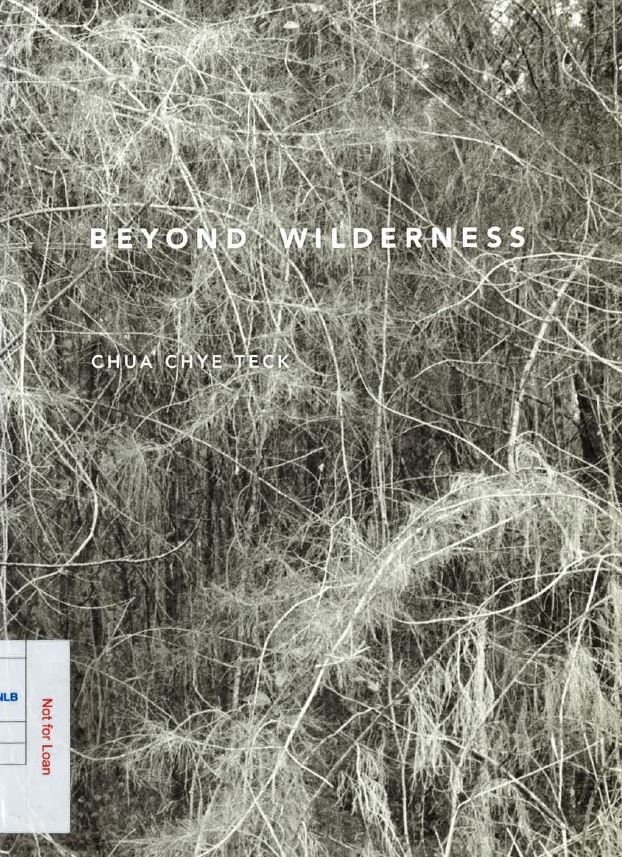 |
Chua, Chye Teck. Beyond Wilderness. Singapore: Epigram Books, 2016. Singapore photographer Chua Chye Teck poetically captures monochromatic images of forests in Singapore, bringing to mind traditional pencil or charcoal drawings. The meditative aspect of his images is an expression of the artist’s reflection on the loss of nature, often due to urban development. |
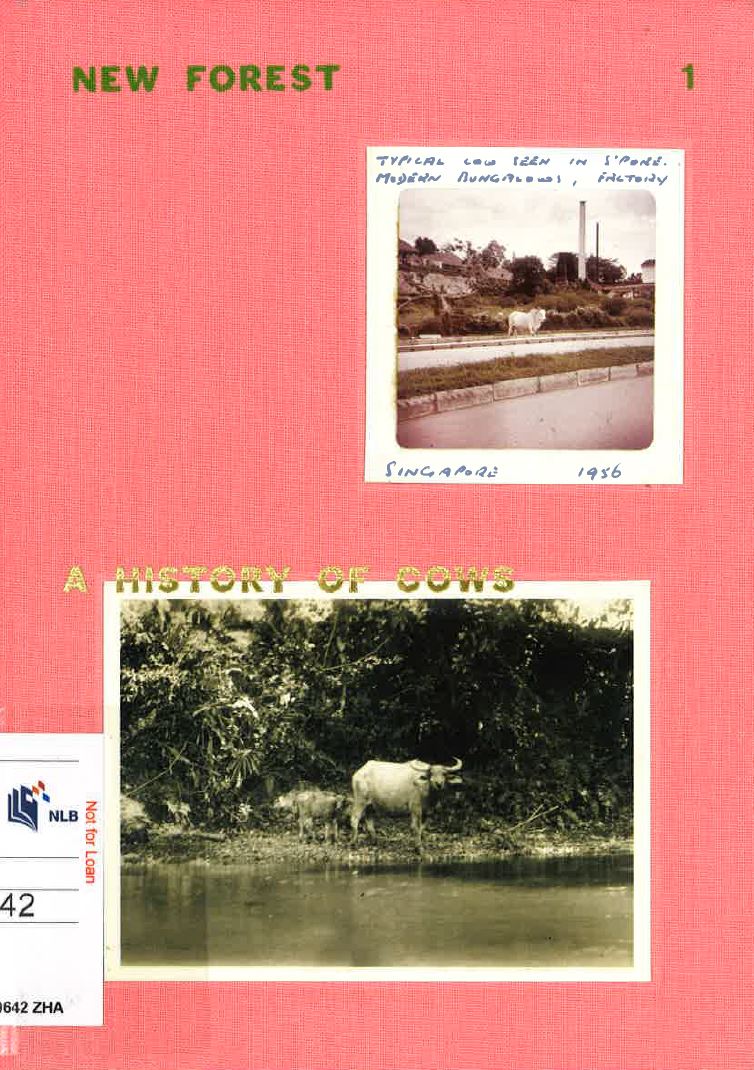 |
Zhao, Robert. New Forest. 1, A History of Cows.. Singapore: Institute of Critical Zoologists, 2020. Conceived by multi-disciplinary artist Robert Zhao, New Forest is a series of books “looking at secondary tropical forest ecologies and histories.” The first volume is dedicated to the “last cow” in Singapore, which died on Coney Island, a small land mass in north-eastern Singapore, in 2016. Featuring various historical photographs of cows in Singapore, this book considers our evolving relationship with this domesticated animal over the decades as the island went through various stages of development. |
 |
Yap, Chris. Preserved Nature. Singapore: chrisyapphotography, 2006. The title of photographer Chris Yap’s book plays on the multiple meanings of “preserved nature,” referring to the act of preservation by photographing natural objects or by creating taxidermies and dried plant arrangements. By capturing such moments using photographic lenses, Yap draws our attention to the ever-changing and evolving natural world around us. |
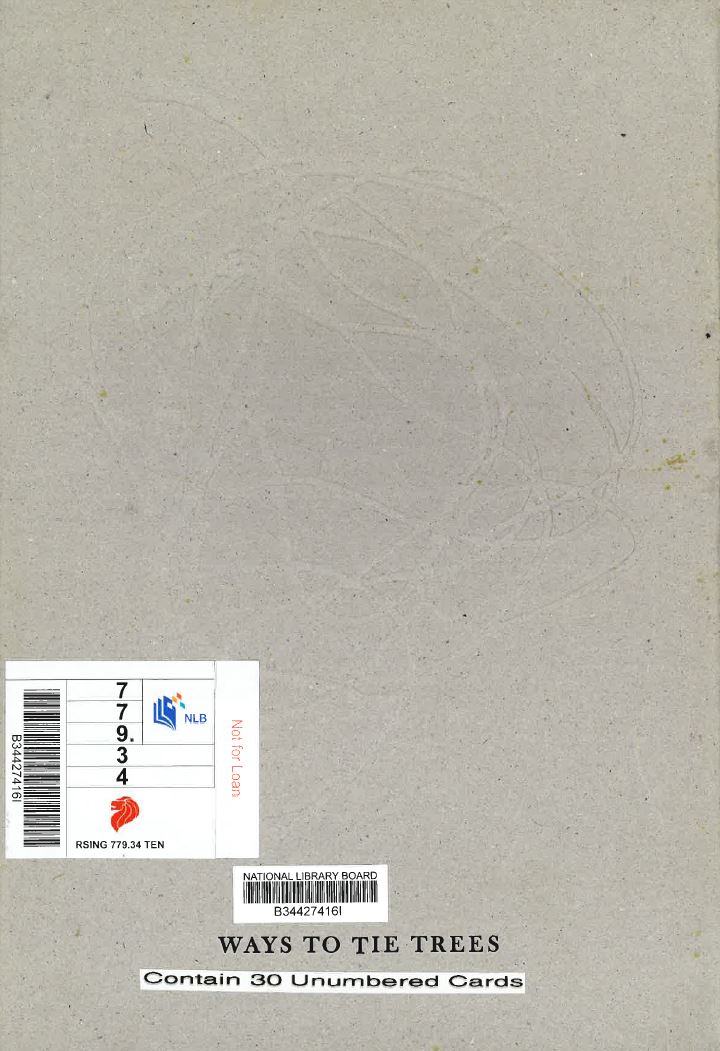 |
Woong, Soak Teng. Ways to Tie Trees. Germany: Steidl Publishers, 2018. In this collection of photographs, Singapore artist Woong Soak Teng has elegantly photographed an often-overlooked aspect of trees in urban landscapes. Focusing on how trees have been tied to stakes and other supporting structures, she highlights the ways that nature has been relocated, deployed and curated within built up areas. |
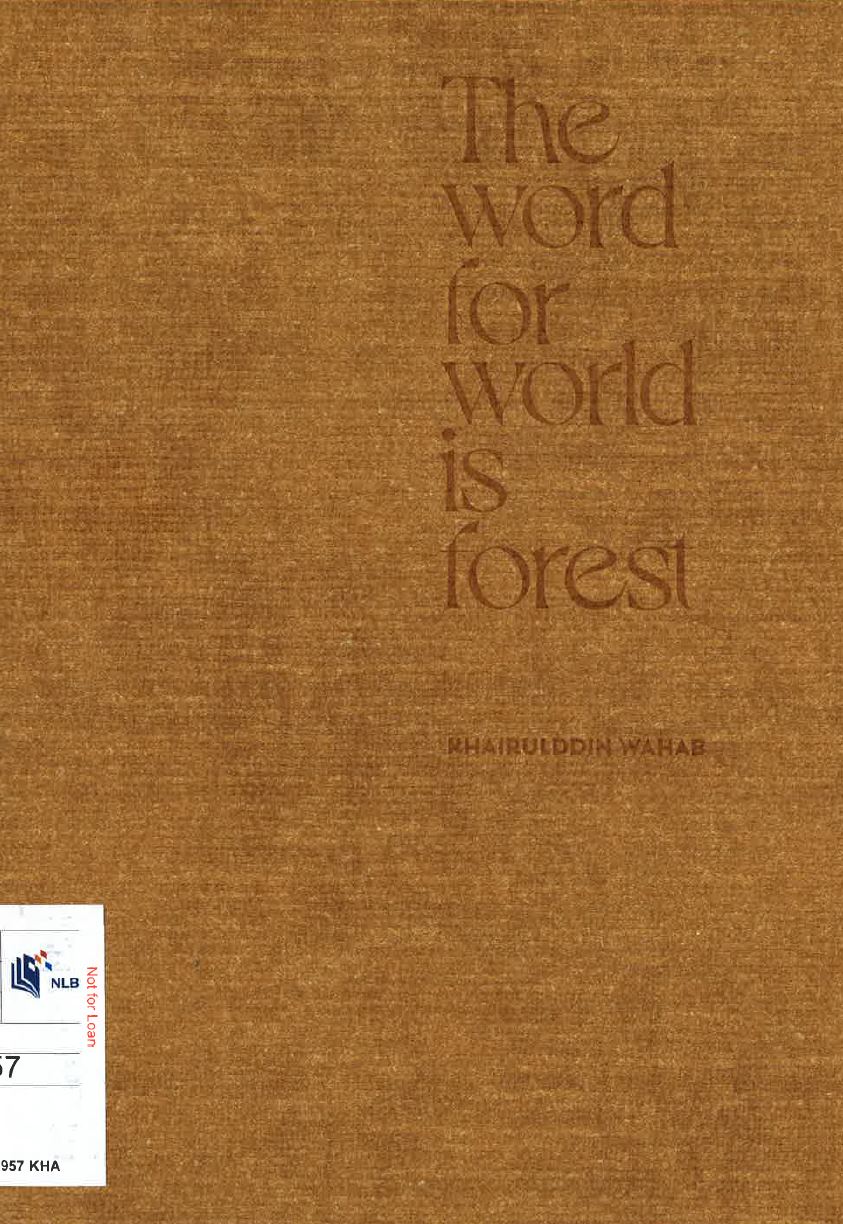 |
Khairulddin Wahab. The Word for World is Forest. Singapore: Cuturi Gallery, 2021. This catalogue was published on the occasion of the debut solo exhibition of Singapore artist Khairulddin Wahab in 2021. Taking a macro-view of our relationship with the natural world, Khairulddin examines how the land around us has been shaped by various perspectives throughout history such as colonialism and its associated cartographic practices. Khairulddin was also one of the inaugural Creative Residents with the National Library from January to June 2022. A recording of his presentation as a Creative Resident can be found here. |
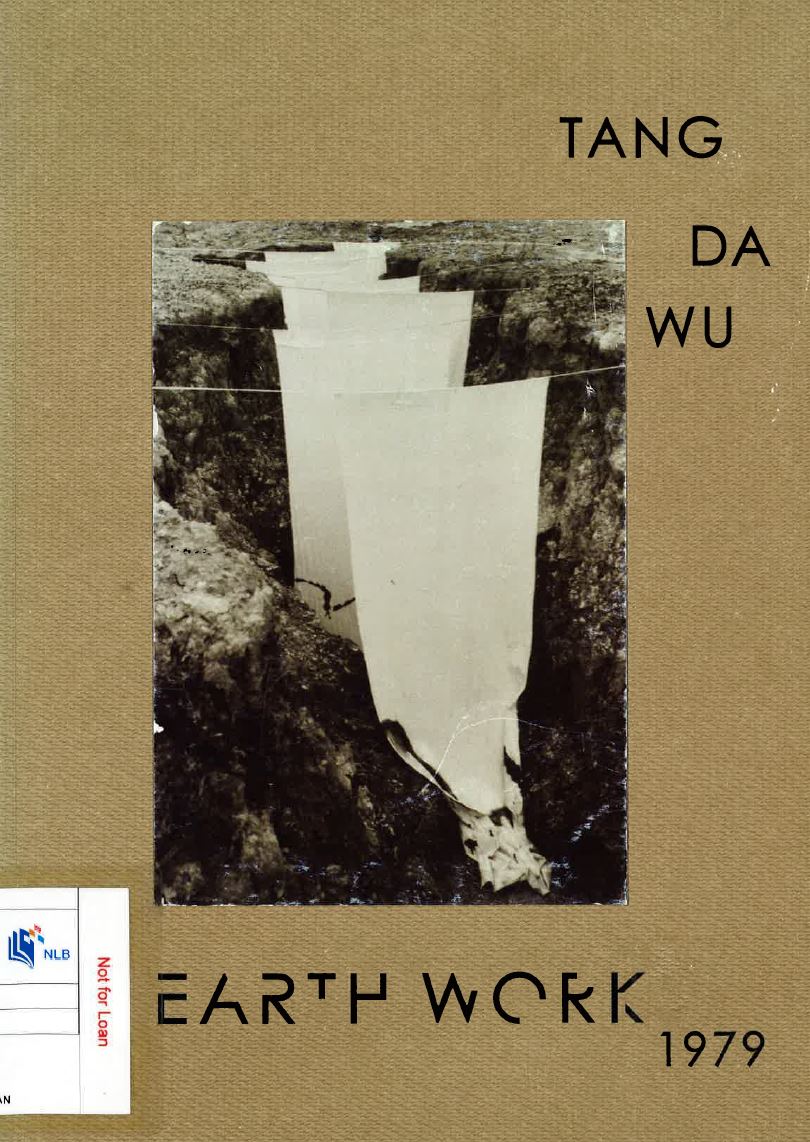 |
Tang, Da Wu. Earth Work 1979.. Singapore: National Gallery Singapore, 2016. This catalogue was published in conjunction with Earth Work 1979, an exhibition at National Gallery Singapore in 2016. This exhibition revisited Tang’s staging in 1980 featuring installations and mineral pigment works. The original 1980 exhibition was considered one of Singapore’s first exhibition of land art. |
Back to top
Spotlight: SoundscapeSG
When city-living becomes unbearable in our concrete jungle, perhaps all we need are some sounds from nature. This collection of sounds from nature and wildlife in NAS’ SoundscapeSG may provide some respite for all of us. Just close your eyes and listen to the ambient sounds of the Sungei Buloh Wetland, the call of a yellow-bellied puddle frog, or the munching from otters and their pups to be transported away to nature.
SoundscapeSG aims to create a soundmap of Singapore through the crowdsourcing of sound recordings that are taken in natural settings, to preserve the unique and authentic sounds of Singapore. The collection also includes sounds from daily life, such as festivals and celebrations, arts and dialects. You can also contribute your recordings of sounds that you feel represent Singapore of the past.
Back to top
This Resource Guide was compiled by Luke Chua, a Senior Librarian at the National Library, Singapore. The information in this guide is valid as of March 2023 and correct as far as we can ascertain from our sources. This list is not intended to be exhaustive or comprehensive. Please contact us at for more reading material on the topics.

